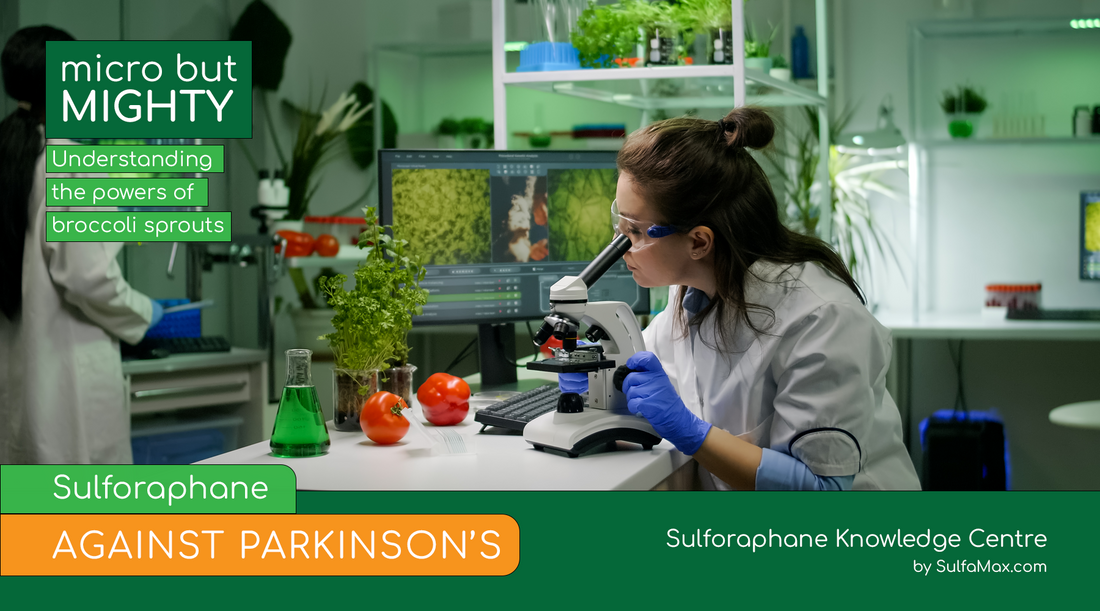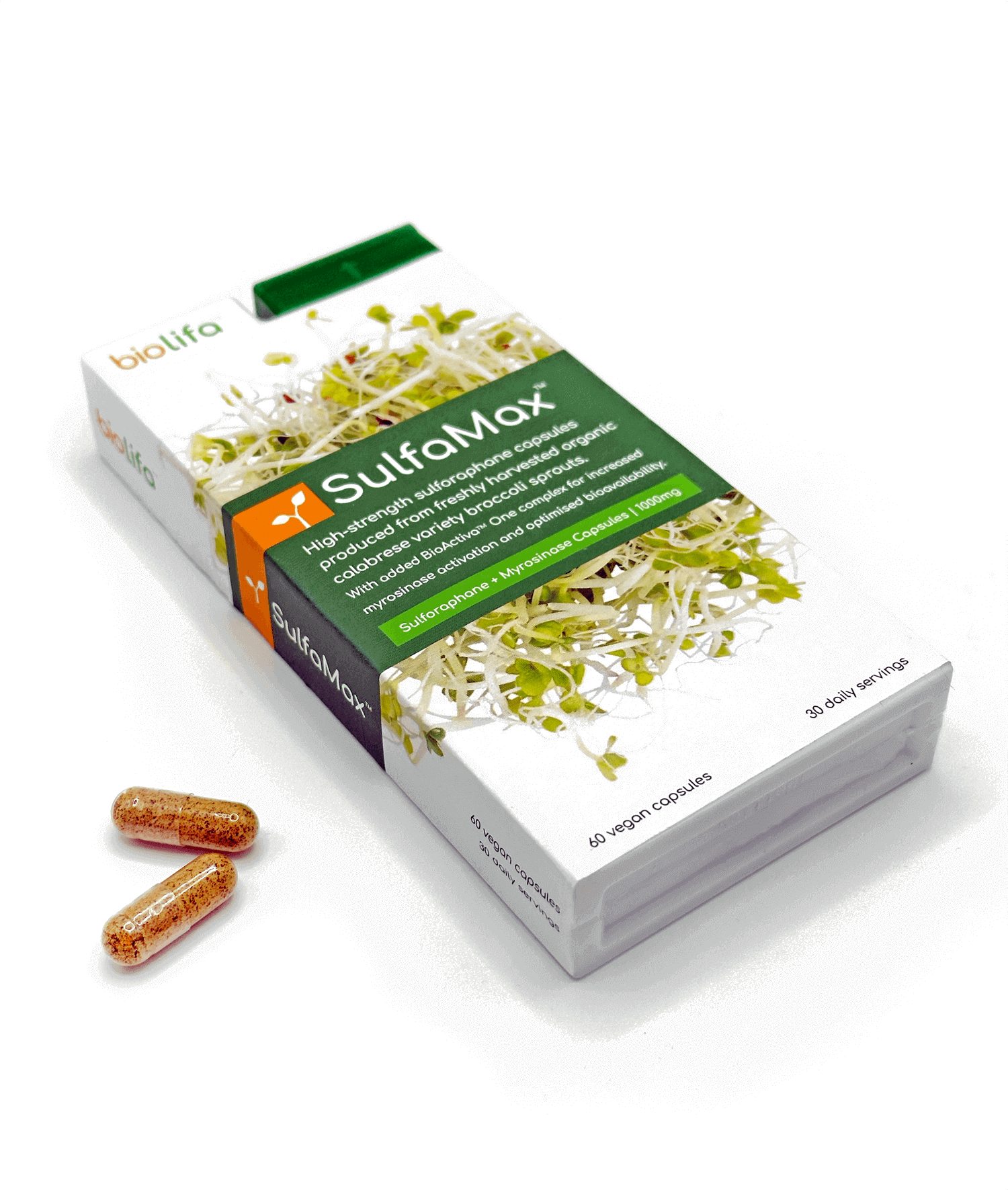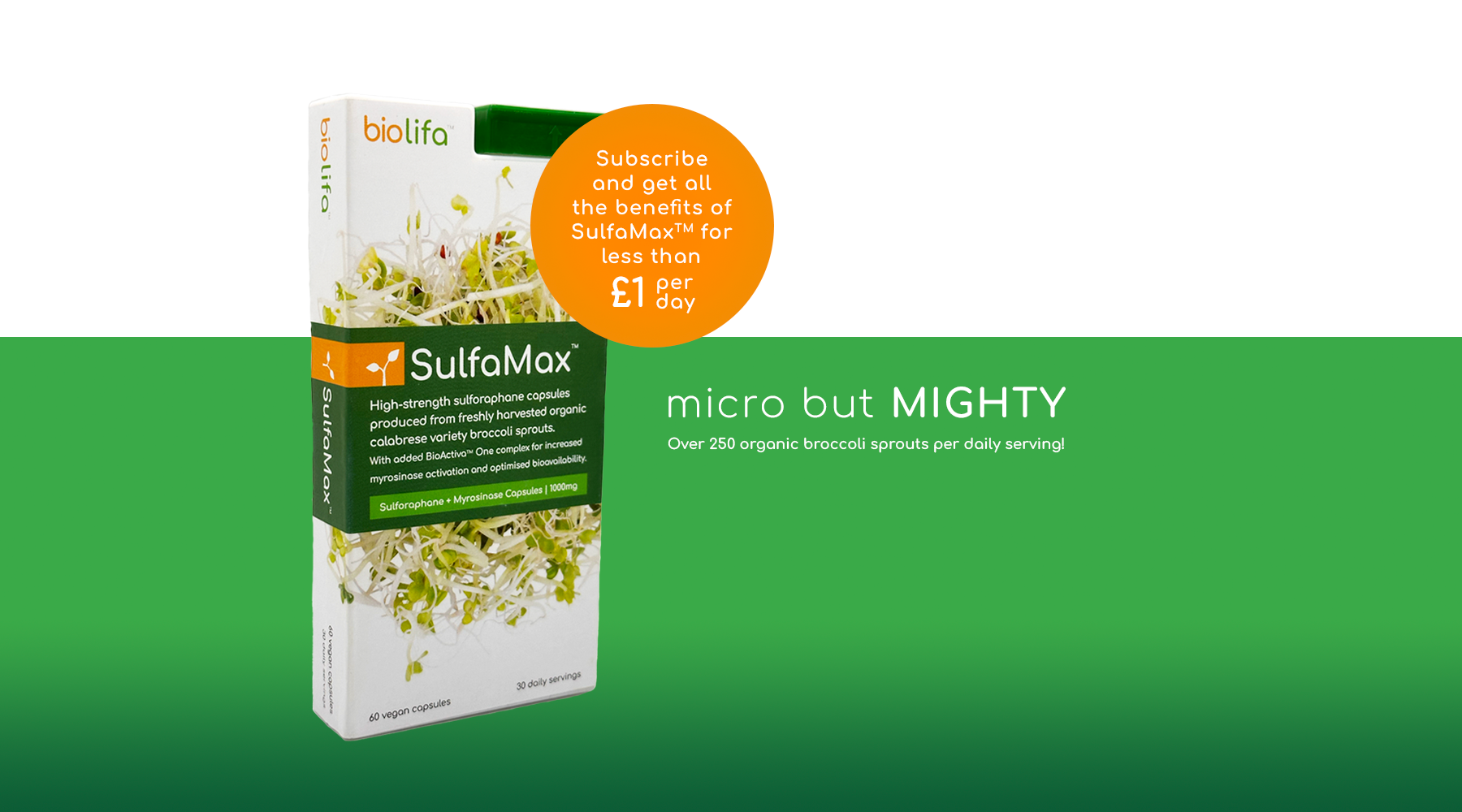Parkinson’s disease is a neurodegenerative disorder that affects the nervous system and can lead to tremors, stiffness, and difficulty with movement. The disease is caused by the death of dopamine-producing neurons in the brain. There is no known cure for Parkinson’s disease, but there are treatments available that can help manage the symptoms of the disease. Recently, researchers have been exploring the potential benefits of sulforaphane in the fight against Parkinson’s disease.
Sulforaphane is a compound found in cruciferous vegetables such as broccoli, Brussels sprouts, and cauliflower. It is known for its potent anti-inflammatory and antioxidant properties, which have been shown to have a number of health benefits. Researchers have found that sulforaphane may be beneficial in the fight against Parkinson’s disease because of its ability to increase the levels of a protein called Nrf2.
Nrf2 is a protein that plays a key role in the body’s natural defence against oxidative stress. Oxidative stress is a condition in which there is an imbalance between the production of reactive oxygen species (ROS) and the body’s ability to detoxify them. This imbalance can lead to damage to cells and tissues throughout the body, including the brain.
In Parkinson’s disease, the death of dopamine-producing neurons in the brain is believed to be caused by oxidative stress. Researchers have found that increasing the levels of Nrf2 can help protect the brain from oxidative stress and reduce the risk of Parkinson’s disease.
Studies have shown that sulforaphane can increase the levels of Nrf2 in the brain. In one study, researchers gave sulforaphane to mice that had been genetically engineered to develop Parkinson’s disease. The mice that received sulforaphane had higher levels of Nrf2 in their brains than the mice that did not receive sulforaphane. The mice that received sulforaphane also had less damage to their dopamine-producing neurons and were less likely to develop Parkinson’s disease.
Another study found that sulforaphane can help protect the brain from damage caused by a chemical called MPTP, which is known to cause Parkinson’s disease-like symptoms in mice. The mice that were treated with sulforaphane had less damage to their dopamine-producing neurons and were less likely to develop Parkinson’s disease.
In addition to its ability to increase the levels of Nrf2 in the brain, sulforaphane also has other beneficial effects that may help in the fight against Parkinson’s disease. For example, sulforaphane has been shown to have anti-inflammatory effects, which can help reduce the inflammation that is believed to play a role in the development of Parkinson’s disease.
Sulforaphane also has been shown to have a protective effect on the mitochondria, which are the energy-producing organelles in cells. Mitochondrial dysfunction is believed to play a role in the development of Parkinson’s disease. By protecting the mitochondria, sulforaphane may be able to reduce the risk of Parkinson’s disease.
There is also evidence to suggest that sulforaphane may be able to help improve the symptoms of Parkinson’s disease in people who have already been diagnosed with the disease. In one study, researchers gave sulforaphane to people with Parkinson’s disease for 12 weeks. The participants who received sulforaphane had improved motor function and reduced inflammation compared to the participants who did not receive sulforaphane.
While the research on sulforaphane and Parkinson’s disease is still in its early stages, the results so far are promising. Sulforaphane has been shown to have a number of beneficial effects that may help protect the brain from damage and reduce the risk of Parkinson’s disease. In addition, sulforaphane may be able to improve the symptoms of Parkinson’s disease in people who have already been diagnosed with the disease.
It is important to note that while sulforaphane shows promise in the fight against Parkinson’s disease, it should not be seen as a cure or a replacement for traditional treatments. More research is needed to fully understand the potential benefits of sulforaphane and how it can be used to treat Parkinson’s disease.
Incorporating sulforaphane-rich foods into your diet, such as broccoli, Brussels sprouts, and cauliflower, may be a simple and natural way to increase your intake of this beneficial compound. However, it can be difficult to get enough sulforaphane from these foods alone, which is why some people choose to take sulforaphane supplements.
If you are interested in taking sulforaphane supplements, it is important to speak with your doctor first. While sulforaphane is generally considered safe, it can interact with certain medications and may not be suitable for everyone.
In conclusion, while there is no known cure for Parkinson’s disease, there are treatments available that can help manage the symptoms of the disease. Sulforaphane, a compound found in cruciferous vegetables, has shown promise in the fight against Parkinson’s disease due to its ability to increase the levels of Nrf2 in the brain and reduce the risk of oxidative stress.
More research is needed to fully understand the potential benefits of sulforaphane and how it can be used to treat Parkinson’s disease. However, incorporating sulforaphane-rich foods into your diet may be a simple and natural way to increase your intake of this beneficial compound. As always, it is important to speak with your doctor before making any changes to your diet or treatment plan.







